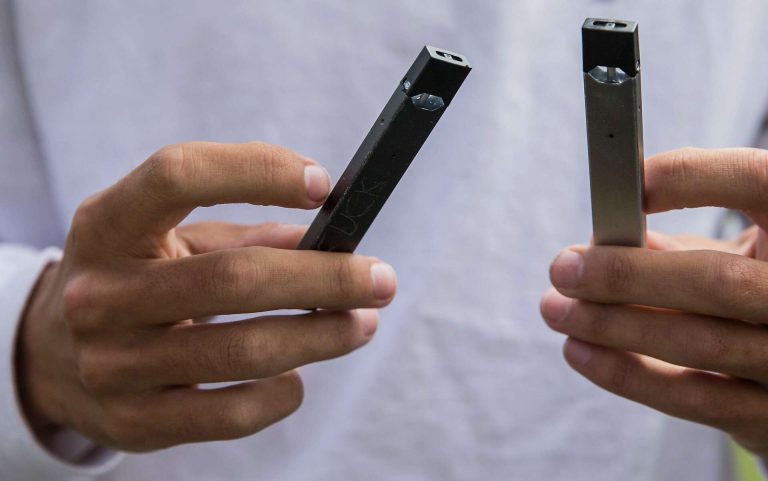Hyperpigmentation, a common skin condition, is defined as an increase in melanin – the pigment that dictates...
Month: June 2023
The journey towards a healthy body often includes a quest to enhance metabolic rates. Boosting metabolism is...
One of the essential reasons why e-cigarettes are considered a safer choice compared to customary cigarettes is...
In our fast-paced and distressing lives, creating a peaceful and calming environment is essential for our prosperity....









